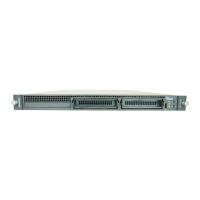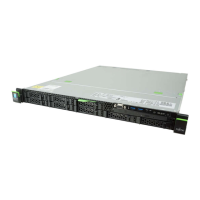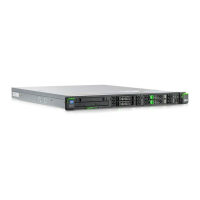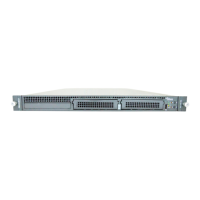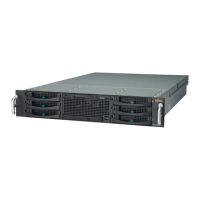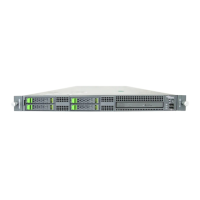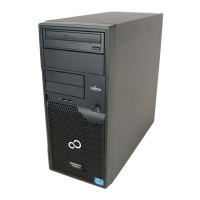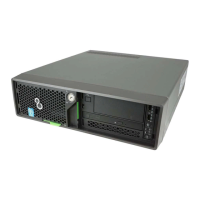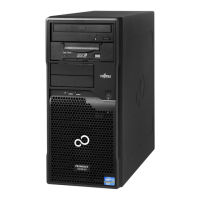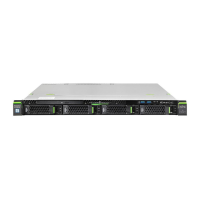1
PRIMERGY RX100 S3 User’s Guide
Areas Covered
Before Reading This Manual
This section explains the notes for your safety and conventions used in this manual. Make sure
to read this section.
Chapter 1
Overview
This chapter explains component names and basic operations of this server, as well as an
overview of the software provided with this server. In addition, the workflow, from placing the
server to starting the operation, is also described.
Chapter 2
Checking before OS Installation
This chapter explains the preparation on the server and cautions necessary before OS
installation. Please read this chapter before starting installation.
Chapter3
OS Installation Using ServerStart
This chapter explains how to install the OS in the server using ServerStart.
Chapter4
Manual OS Installation
This chapter explains how to install the OS on the server without using ServerStart.
Chapter5
Operations after OS Installation
This chapter explains the operations to be performed after OS installation. Be sure to perform
those operations before operating the server.
Chapter 6
High Reliability Tools
For stable PRIMERGY server operations, we recommend that high reliability tools be
installed. This chapter explains the installation and necessary settings of high reliability tools.
Chapter 7
Installing Internal Options
This chapter explains how to install internal options on this server.
Chapter 8
Configuring Hardware and Utilities
This chapter explains how to make the environment settings necessary to operate the server.
Chapter 9
Operation and Maintenance
This chapter explains the operations that become necessary after starting to use this server as
well as daily care and maintenance.
Appendix
This appendix explains the specifications for the server and internal options. It also covers
how to recycle the products.
